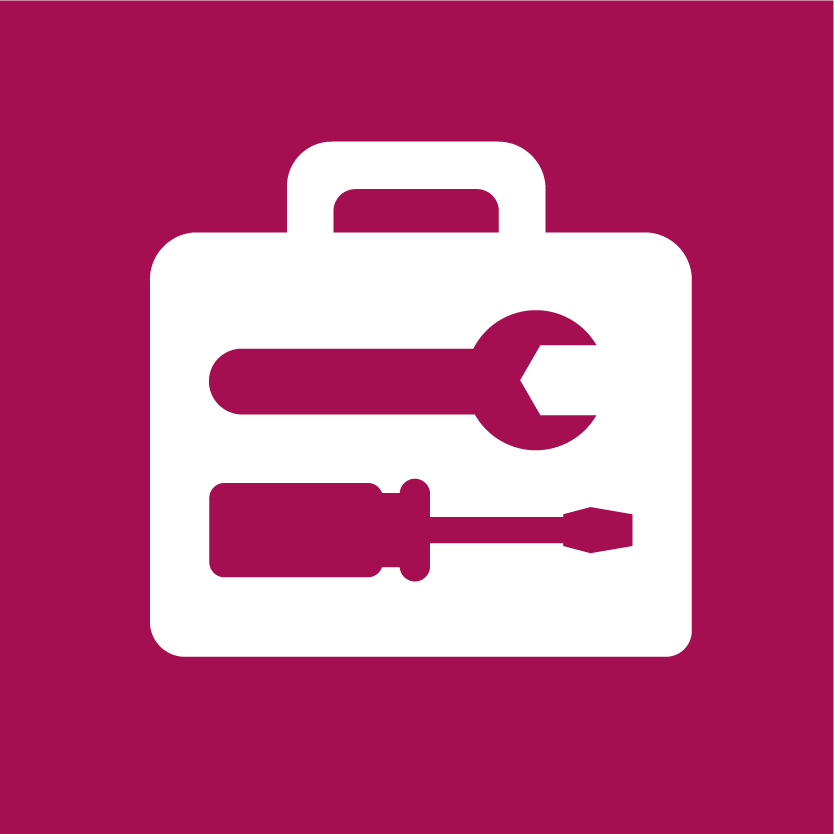Problem Solving
Learn the four problem-solving methods you need to move your community toward ending homelessness.
Facilitation
Assemble an Improvement Team
- Conduct a Stakeholder Analysis to better understand who needs to be at the table and what they bring.
- Establish roles and functions for every person on your improvement team.
Run Quality Meetings
- Every meeting begins with restating the shared aim and embeds data to evaluate progress towards that aim.
- Community Sample: Middlesex, NJ
- Community Sample: Middlesex, NJ
- Meetings include review of the current change ideas your community is testing, results of the last test(s), and the next test(s) being run. These change ideas support a pathway to reaching the shared aim.
- Commitments, big and small, towards your shared aim are directly asked for, written down and leadership holds each other accountable. Period.
Figure out the “why”
- Make the case to each person on your improvement team that the goal of ending homelessness aligns with their own goals. Clearly explain how the goal benefits them, and give a clear presentation of the changes you propose to make.
- Sample Slide Deck: Why a By-Name List?
- Sample Slide Deck: Why a By-Name List?
- Frame conversations with GPD providers in terms of the vital role their programs can play as part of the community’s coordinated system; promote the idea that their programs are launching pads to permanent housing and hubs that connect veterans to services.
Data Analysis
Use data to understand where to focus improvement efforts
- Gather stakeholders with access to data from multiple service systems and could be tasked with gathering and analyzing linked data, understanding the population needs across systems or how services are used, or designing an intervention to address a social problem.
- Convene a quarterly review of progress toward the community aim attended by all relevant stakeholders.
- Convene homeless service organizations regularly to review data and plan strategy improvements that will help meet collective goals.
Develop capacity to draw insight from by-name list data
- Before taking action on data, it’s important that everyone on your team understands it. Make sure all improvement team members spend some time developing their data literacy skills so you can all be on the same page from the start.
- Use by-name list data to understand levels of acuity and vulnerability across populations, then use this understanding to inform prioritization policies for available housing resources.
Quality Improvement
Level-set Quality Improvement Skills among Team Members
- Convene your improvement team and have them complete Built for Zero’s Improvement Foundations Training
- Improvement Foundations Training Overview (Fall 2020)
Develop a Theory of Change
- Create an aim statement and accompanying drivers to get clear on what it will take to reach functional zero
Run Plan-do-study-act (PDSA) Cycles
- Document every step of a PDSA cycle to maximize learning and insights.
- When you run Improvement Projects, document them well so you can take maximum advantage of the learning process.
Human-Centered Design
Co-design and Co-Produce Improvement
- Coming soon.
Focus on solving problems and clearing the path when barriers are identified
- Process mapping is a great way to identify system bottlenecks and areas for improvement. Together with your community and people experiencing homelessness, map out the steps of a process you want to focus on improving. Then, pair those steps with data points to evaluate how the system is working and where/how you might improve it.
- Process Mapping Pro-Tips from the BfZ Team
Communicate about progress, what’s next, and what is needed to get there
- Build a team of media or Public Relations staff from key participating agencies (e.g. CoC, mayor’s staff, service providers) to create a shared media and communications strategy.
- Compile stories and data showing progress towards the community aim and goals and supply it for community education materials.
Establish feedback loops
- Two-way communication is happening between front-line workers and the leadership team(s) to identify barriers and system problems that need to be solved in order to reach the shared aim.
- Inspire a shared sense of mission and progress in front-line staff by setting a regular meeting to share stories and community data.
- Bright Spot: Riverside, CA
- Bright Spot: Riverside, CA
- Make regular opportunities for people with lived experience to provide feedback and meaningfully participate in design conversations.
- Guide to Engaging Community Members with Lived Experience from our partners at IHI
Center Equity
- Enlist the buy-in of organizational leadership to commit to the work of justice by regularly engaging them in the conversation and providing education.
- Train all staff members on implicit bias, trauma, and other key subjects that contribute to building equity capacity.


